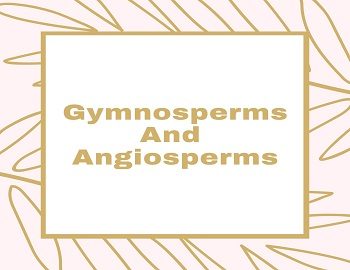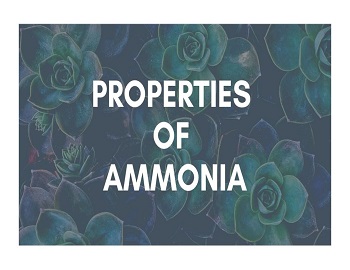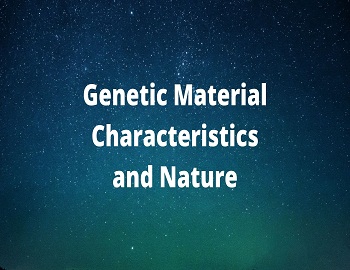Phylum Coelenterata or Cnidaria:
- Cnidarians are the first true metazoans that have attained tissue grade of construction.
- Cnidaria is a phylum of diploblastic, acoelomatic animals that possess stinging cells and a blind sac gastrovascular cavity.
- The phylum evolved in the Proterozoic era, more than 600 million years ago.
- The term Coelenterata was coined by Leuckart (1847).
Characteristics of Phylum Coelenterata or Cnidaria:
- Coelenterates are mostly marine except for Hydra which is a freshwater form. These may be solitary (Hydra) or colonial and sedentary (corals) or free-swimming (sea anemones and jellyfishes).
- They are multicellular, diploblastic, radially or biradially symmetrical with tissue level of organization.
- They exhibit the phenomenon of polymorphism and alternation of generation.
- The body wall is two-layered, the outer epidermis and inner gastrodermis. The two enclose a gelatinous matrix called mesogloea or mesenchyme.
- The tissue level of organization occurs in cnidarians.
- The body cavity is called as gastrovascular cavity of the coelenteron.
- These are carnivorous and holozoic in nutrition. Digestion is partly intercellular (in coelenteron) and partly extracellular (in gastrodermal cells). Coelenteron has a single opening mouth which helps in both ingestion and egestion.
- Respiration and Excretion occur through the general body surface. These are ammonotelic.
- The nervous system is primitive and consists of a diffused net of nerve cells.
- The organs of offence and defence are nematocysts (stinging cells) or cnidoblasts.
- A horny or calcareous exoskeleton as well as endoskeleton is present in many cases. Corals are specialized to secrete a calcareous exoskeleton.
- They exist in two forms, Polyp and Medusa. The polyp represents the asexual phase and the medusa represents the sexual phase.
- They show metagenesis i.e. Polyp reproduces asexually to produce medusa which bears reproductive organs which release reproductive cells which unite and finally give rise to Polyp.
- The fertilized egg develops into a ciliated larva called Planula which gives rise to polyploid generations.
Examples- Adamsia (Sea anemone), Hydra, Porpita, Vallela, Physalia (Portuguese man-of-war), Aurelia (Jellyfish), Gorgonia (Sea fan), Pennatula (Sea pen), Meandrina (Brain coral).









Comments (No)